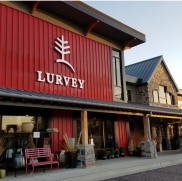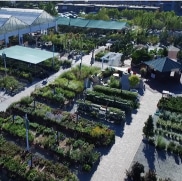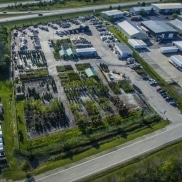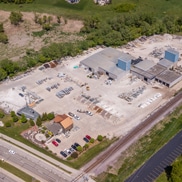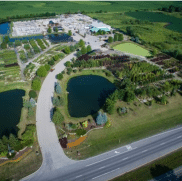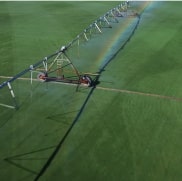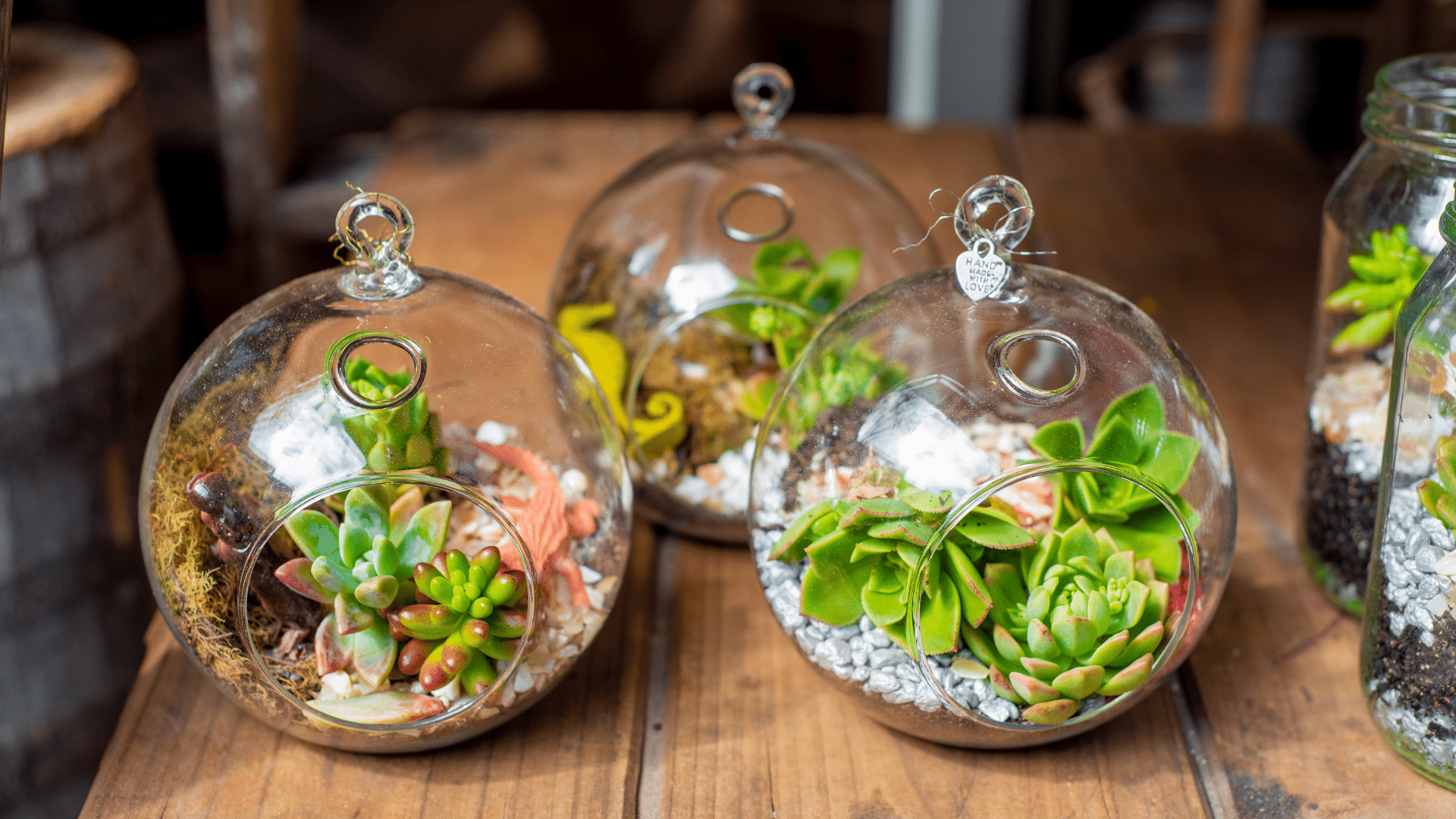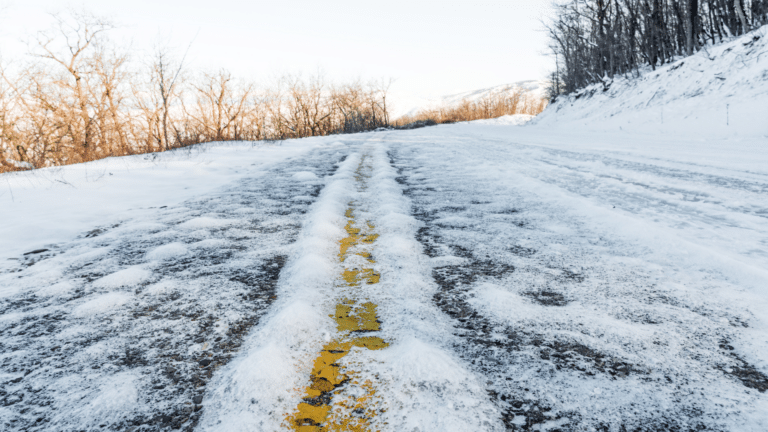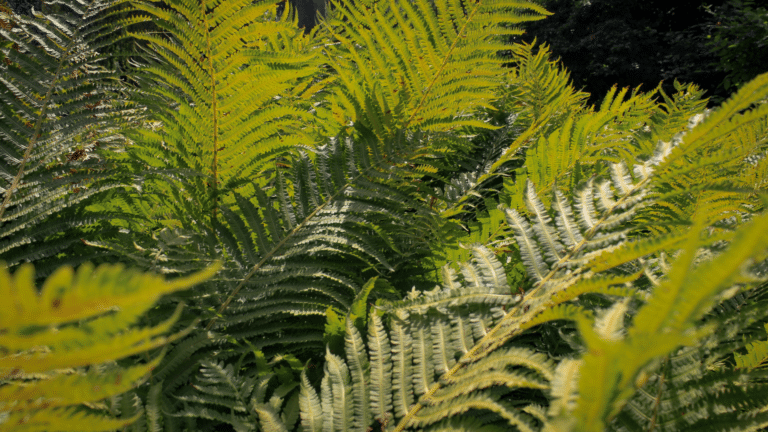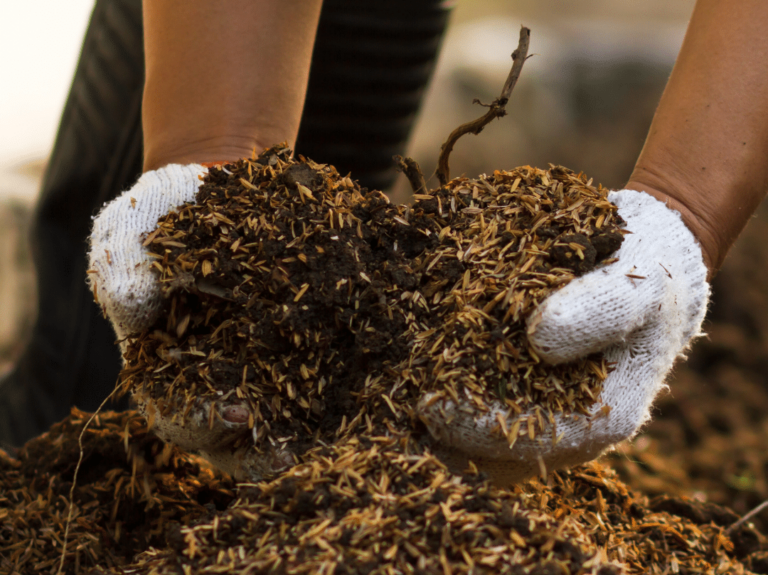Basic Needs:
Container – choose any glass container with an opening without any drainage holes. Containers can also be covered with a lid or covering.
Gravel – small stones/pebbles to be placed in the bottom for drainage. Depending on size of terrarium 2.5” to 3” of drainage is needed. Place a thin layer of charcoal on top to help with odors and bacteria build up from the drainage below.
Soil – Place 2” to 3” of a light soil on top of the stones again depending on size of container, keeping in mind the number of plants and the size of their root zone. The soil around the roots will add to the soil in the terrarium.
Plants – choose plants that you like and that will grow in the area you are placing the terrarium. Most plants used are low light plants: Peperomia, Ferns, Pilea, Polka Dot, Fittonia, Palm, Dracaena, Baby Tears. Place with taller in center if all around terrarium or in back if one sided. Then medium side plants and low growing towards sides.
Decorative Layer – This can be your taste and how you want to highlight the plants. Can be anything: moss, lichen, wood pieces, shells, statues, stones, your choice. You want to cover the bare soil, so it does not splash up during watering.
Terrarium Maintenance Needs:
Light – Bright indirect light is best, direct sunlight will heat up the container and cause condensation or dry the soil. If not near a window, a lamp will work but will need 12 to 16 hours of light.
Water – Water when dry, you will have to start slowly with a little water to see how it is absorbed by the soil and environment. Overwatering is the biggest mistake, do not let the drainage area fill up. It is best to water more often with less water than watering a lot once a week.
Trimming – Plants will grow and get too large. By trimming yellowing leaves or stems growing too large, you can keep the terrarium growing for a long time.
